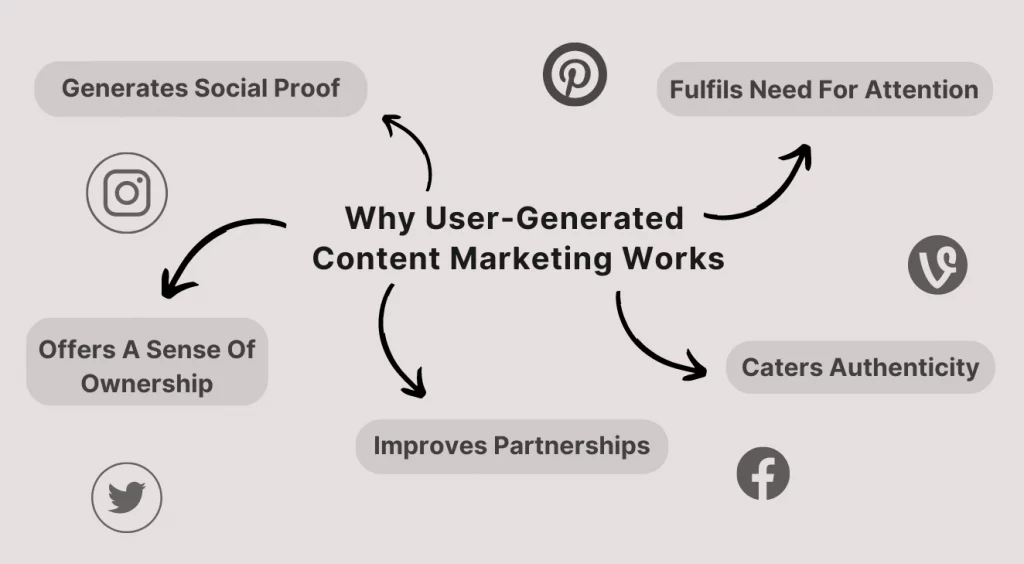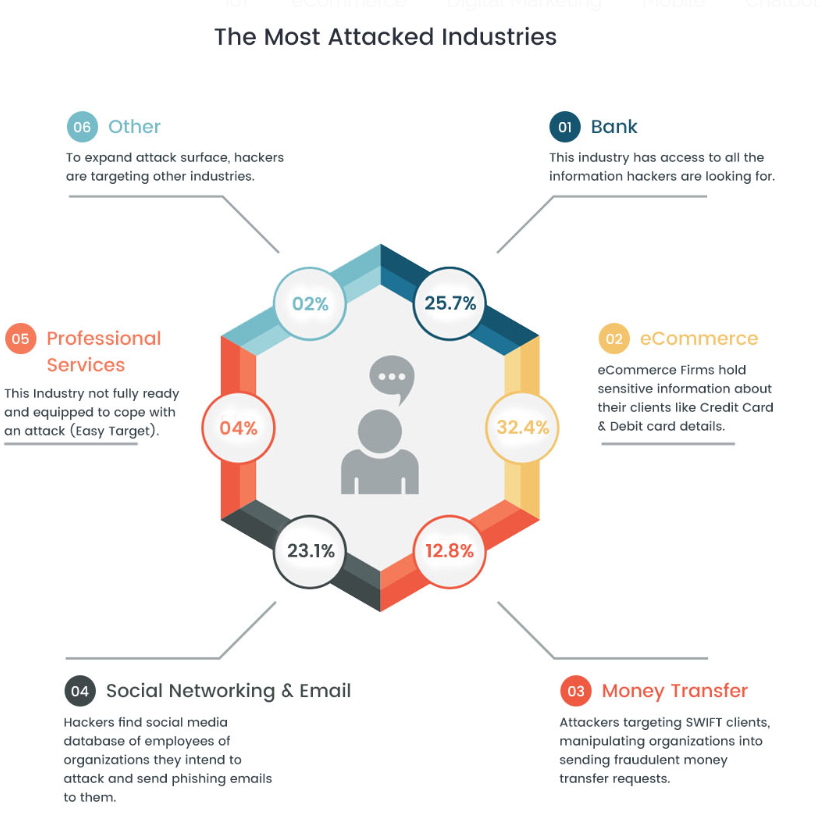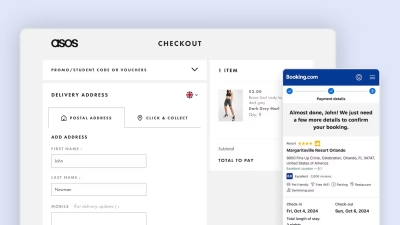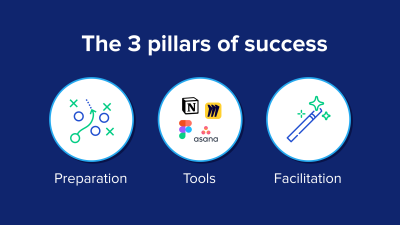Introduction
In the digital age, trust is the currency of e-commerce. With countless options available, shoppers are more skeptical than ever. They crave authenticity, transparency, and social proof before making a purchase. Enter user generated content (UGC)—photos, reviews, testimonials, and videos created by real customers. UGC has become one of the most effective ways for brands to build credibility, foster community, and drive conversions.
This blog explores the psychology behind UGC, its impact on trust, and actionable strategies for integrating it into your e-commerce experience—from product pages to social media and beyond.
What Is User-Generated Content?
- Definition: Any content—reviews, photos, videos, testimonials, Q&As—created by customers rather than brands.
- Types of UGC:
- Product reviews and ratings
- Customer photos and unboxing videos
- Social media posts and hashtags
- Q&A sections on product pages
- Written testimonials and stories
- Why it matters: UGC is authentic, relatable, and trusted more than branded content.
The Psychology of Trust and UGC
1. Social Proof
- People trust the opinions of other shoppers more than brands.
- Seeing real people use a product reduces purchase anxiety.
2. Authenticity
- UGC feels genuine and unfiltered.
- Shoppers can spot staged or overly polished content.
3. Community and Belonging
- UGC fosters a sense of community around a brand.
- Customers feel valued when their content is featured.
4. Transparency
- Honest reviews (even negative ones) show that a brand has nothing to hide.
How UGC Impacts E-commerce Performance
1. Increases Conversion Rates
- Product pages with reviews/photos convert higher.
- Shoppers spend more time on pages with UGC.
2. Boosts SEO
- Fresh, keyword-rich content from reviews and Q&A.
- Increases long-tail keyword rankings.

3. Reduces Returns
- Real-life photos and reviews set accurate expectations.
4. Drives Social Engagement
- UGC campaigns encourage sharing and brand mentions.
Where to Use UGC in E-commerce
1. Product Pages
- Display reviews, ratings, and customer photos.
- Use “real-life” galleries.
2. Homepage and Landing Pages
- Feature top-rated products and customer testimonials.
3. Checkout and Post-Purchase
- Show recent customer purchases or reviews to reassure buyers.
4. Email Marketing
- Include UGC in newsletters and abandoned cart emails.
5. Social Media
- Repost customer content, run hashtag campaigns, and create UGC contests.
How to Encourage and Collect UGC
1. Ask for Reviews
- Send post-purchase emails requesting feedback.
- Offer incentives (discounts, loyalty points).
2. Create Branded Hashtags
- Encourage customers to share photos with a unique hashtag.
3. Run Contests and Giveaways
- Reward the best photos, stories, or videos.

4. Make It Easy
- Simple upload forms, clear instructions, and mobile-friendly interfaces.
5. Feature UGC Prominently
- Showcasing customer content motivates others to participate.
Moderation, Rights, and Ethical Considerations
1. Moderation
- Filter out inappropriate or fake content.
- Use a mix of automation and human review.
2. Permission and Rights
- Always get permission to use customer photos or videos.
- Credit creators and respect privacy.
3. Transparency
- Disclose if reviews are incentivized.
- Don’t edit or alter customer feedback.
Tools and Platforms for Managing UGC
- Review platforms: Yotpo, Trustpilot, Bazaarvoice
- Social media aggregators: TINT, Stackla, Olapic
- On-site galleries: Loox, Foursixty
- Automation: Zapier for collecting and displaying UGC
- Analytics: Track engagement, conversion, and sentiment

Real-World Examples and Case Studies
1. Glossier
- Built a cult following by featuring customer selfies and reviews.
2. GoPro
- UGC-driven marketing with customer adventure videos.
3. Wayfair
- “Shop the Look” galleries with real customer photos.
4. Fashion Nova
- Instagram hashtag campaigns and influencer UGC.
Conclusion
User-generated content is more than a marketing trend—it’s a trust-building powerhouse. By showcasing real customer experiences, brands can break down barriers, foster loyalty, and drive sales. The key is to make UGC collection easy, feature it prominently, and always respect your customers’ rights and privacy.
In a world where authenticity wins, UGC is your most valuable asset. Start small, experiment with different formats, and watch as your community—and your conversions—grow.





